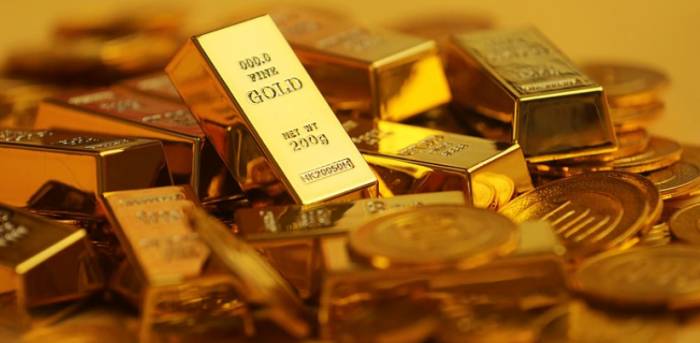Gold's Rise Just Starting, Fed Cuts to Boost Price Past $2700 Next Year
ING Commodity Strategist Ewa Manthey stated that the rebound in gold has only just begun, with the most anticipated US interest rate cut in decades set to propel gold prices to a historical high this month.
In the bank's monthly update, Manthey noted that gold has been one of the best-performing commodities this year, having risen by over 21% so far in 2024.
She attributed this increase primarily to expectations of a Federal Reserve rate cut, robust central bank purchases, and strong buying in Asia, as well as increased safe-haven demand due to heightened geopolitical risks and uncertainties surrounding the US elections.
Manthey believes that the upcoming interest rate cut cycle by the Federal Reserve will be the next strong and sustained driver of gold price trends.
She said, "At the recent Jackson Hole conference, Federal Reserve Chairman Jerome Powell clearly indicated that the Fed will cut rates on September 18th, stating that 'the time for policy adjustments has come.
The direction forward is clear.'"
Manthey added, "Gold prices rose following Powell's confirmation of the US central bank's expectation to soon begin rate cuts."
Advertisement
"The question now in the gold market is the pace at which the Fed will ease policy," she noted, pointing out that the latest US employment data has been mixed, confusing the current debate on how large the first rate cut will be.
"US economists believe that the central bank will opt for a 50 basis point move, but it's hard to say," she said.
Demand for gold-backed ETFs has also seen a revival in the summer.
Manthey wrote, "Global gold ETFs have seen inflows for four consecutive months, with positive flows recorded across all regions, led by Western funds in August."
She said, "When gold prices rise, the amount of gold held in ETFs by investors typically increases, and vice versa.
However, for much of 2024, holdings in gold ETFs have been declining while spot gold prices have hit new highs.
ETF flows finally turned positive in May."
Manthey noted that the total net long positions in COMEX have also continued to climb, "rising by 17% month-on-month by the end of August, the highest end-of-month level since February 2020."
Despite gold hitting a historical high in July, central bank demand for gold has further strengthened this month.
She wrote, "In July, the net purchases reported by central banks more than doubled to 37 tons."
"This represents a month-on-month increase of 206%, the highest monthly total since January when the total central bank purchases amounted to 45 tons," Manthey noted, adding that the National Bank of Poland was the largest buyer this month, followed by the Central Bank of Uzbekistan and the Reserve Bank of India.
She said, "In 2023, central banks added 1,037 tons of gold, the second-highest annual purchase in history, following the record high of 1,082 tons in 2022."
Looking ahead, she expects central bank demand to remain strong under the current economic climate and geopolitical tensions.
ING believes that the Fed's first rate cut will be enough to drive gold prices to a historical high.
She said, "We believe that the US presidential election in November will also continue to drive the upward momentum for gold until the end of the year."
"Geopolitics will also continue to be one of the key factors driving gold prices higher.
Wars in Ukraine and the Middle East, as well as tensions between the US and China, indicate that safe-haven demand will continue to support gold prices in the medium term.

We expect central banks to continue increasing their gold holdings, which should provide support."
ING now forecasts an average spot gold price of $2,580 for the fourth quarter and an annual average price of $2,388 per ounce for 2024.
She said, "The upward momentum for gold will continue next year, with an average price of $2,700 in 2025."